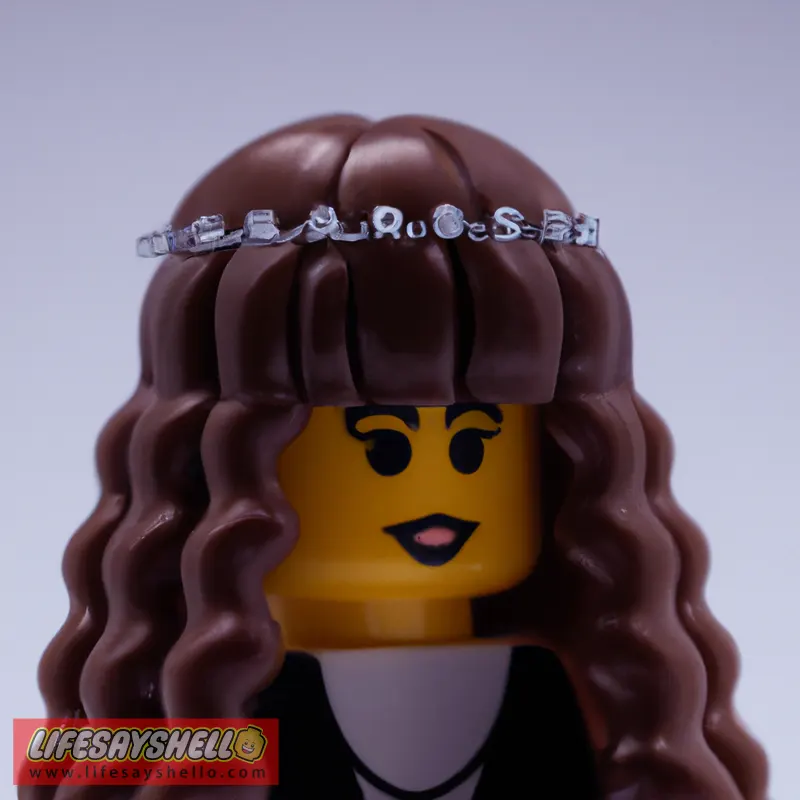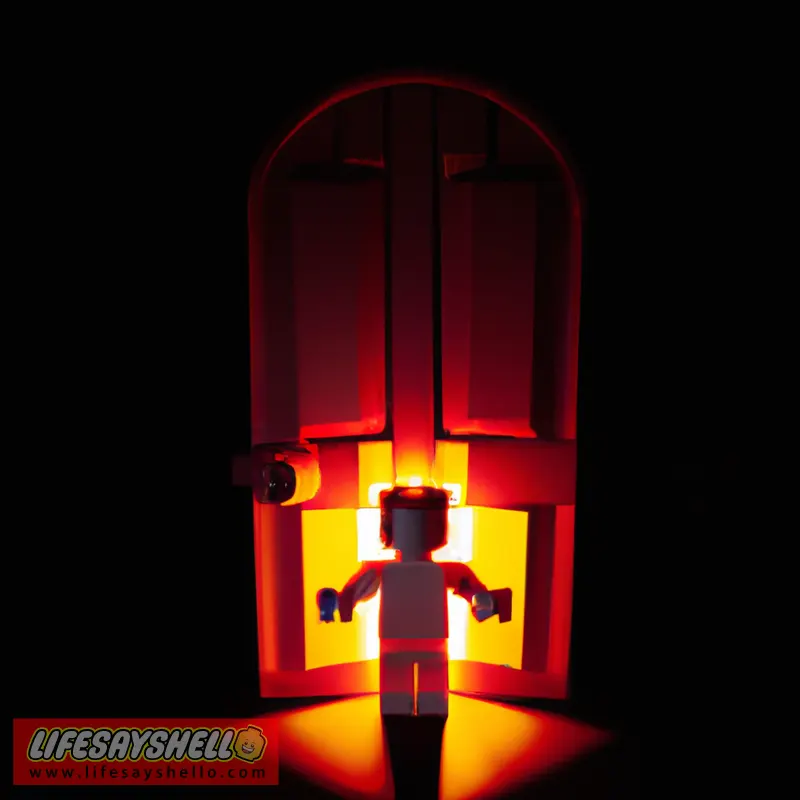The Tradition and Meaning Behind Orthodox Jewish Women's Wigs

Orthodox Jewish women have been covering their hair after marriage for centuries. This practice stems from notions of modesty, propriety, and upholding tradition. Though the customs have evolved over time, married women in Orthodox communities today continue to wear various head coverings, especially wigs known as sheitels. These wig traditions hold symbolic meaning and represent a commitment to faith.
Covering hair for Orthodox Jewish women once married began as far back as Biblical times. The Book of Genesis contains one of the first references to the tradition. When Rebekah first encounters her future husband Isaac, she takes a veil and covers herself, setting a precedent for future generations. Over time, directives around hair covering for married women developed within Jewish religious law and codes of conduct.
By the 15th century, wearing some form of hair covering became an established custom across Orthodox Jewish communities. The practice was seen as a sign of modesty, propriety, and upholding tradition. It remains an unwavering tradition today in Orthodox Judaism. Hair covering is less strictly enforced in more progressive Jewish denominations like Conservative and Reform Judaism.
The origins of married Orthodox Jewish women covering their hair stems from a few key notions:
- Upholding traditional values around feminine modesty and inconspicuousness
- Signaling marital status and commitment to faith
- Avoiding attracting attention from men other than their husbands
In ancient times, women covered their hair to avoid appearing attractive to men besides their husbands. The head coverings showed they were married and committed to traditional values. Today, the symbolism remains around demonstrating faith, though attractiveness is less of a focus.
Common Hair Coverings Worn
There are a few common hair covering options worn by Orthodox Jewish women when married. These include:
Headscarves: Also known as tichels or mitpachat, these are square scarves tied in different styles around the head and under the chin. Tichels come in many colors and fabrics like silk, cotton, or polyester. This is a widespread covering option.
Snoods: A snood is a type of hairnet that fits closely over the head and hair. It allows maintaining a hairstyle while keeping the hair covered. Snoods are also very commonly worn.
Hats: Some women opt for hats in styles like berets, fedoras, or caps to cover their hair instead of scarves. Crocheted hats are also popular.
Sheitels: Sheitels or wigs are perhaps the most well-known Orthodox Jewish hair covering. Made of natural or synthetic hair, sheitels fit over the head as a wig with hair attached. This option entirely covers the woman's natural hair.
Variations Across Communities: The most universally accepted coverings are the headscarf and snood. In some ultra-Orthodox Hasidic communities, women must cover their sheitels with a hat or second head covering. But practices vary across Orthodox denominations and congregations.
The Modern Sheitel
While headscarves remain common, sheitels or wigs have become the most prevalent and iconic hair covering among married Orthodox Jewish women today.
Sheitels first appeared in the 16th century, gaining favor as an alternative to headscarves. They allowed women to cover their hair while maintaining a nice hairstyle underneath the wig. Today, sheitels are considered more fashionable and attractive than scarves by some women.
The original sheitels were made from horsehair or human hair from Eastern Europe. But most modern sheitels use synthetic hair for cost and styling reasons. Orthodox Jewish women can get custom wigs designed to match their natural hair texture and color.
Sheitels range greatly in style and quality. Some look very natural and undetectable as wigs, while others appear more artificial. They also vary from short bobs to long, curly styles. Orthodox women often own several wigs in different cuts and shades.
The Rise of Natural Hairlines
A recent trend is the emergence of higher-quality, more realistic sheitels known as "lacefront wigs." These wigs feature lace fabric along the hairline that blends seamlessly into the skin. The lace creates a natural-looking front hairline and part that appears to grow from the woman's own scalp.
Lacefront wigs represent a major innovation in sheitel technology. They provide a solution for Orthodox women who want to look fashionable and feminine in their wigs, while upholding tradition. The wigs also help avoid the stigma sometimes associated with obviously fake-looking sheitels.
Another factor in the rise of natural hairlines is that some Orthodox communities have eased restrictions around wigs looking too much like real hair. Rabbis have approved lacefronts as meeting modesty requirements.
Though not universally accepted, many married Orthodox women have embraced lacefront sheitels. They allow upholding tradition while enjoying stylish, flowing hairstyles under their wigs. The natural hairlines help the wigs blend in as part of their look.
Double Coverings in Some Communities
In some ultra-Orthodox Jewish sects, women must wear two coverings - a wig and hat or scarf. This ensures the wig is not mistaken as their real hair.
The second covering varies by community. Some wear a hat or beret over the sheitel. Others tie a scarf or headwrap over the wig. A few use a headband attached to the wig that can flip down over the hairline.
Double coverings are mandated in some Hasidic groups. Women get in trouble for showing any real hair or wig hairline. The extra covering eliminates any confusion or impression that the sheitel is natural hair.
But not all Orthodox Jews require double-covering wigs. Many accept sheitels as sufficiently modest on their own, especially with natural hairlines. Yet the practice persists in more strict congregations.
Varying Interpretations of Tradition
It's important to note that hair covering practices vary across the spectrum of Orthodox Judaism. Not all Orthodox communities strictly mandate wigs or head coverings for married women.
Some modern Orthodox Jews may just wear a lace kippah or headband, or cover hair only during prayers. Haredi and Hasidic communities tend to enforce more stringent wig and covering rules.
Conservative and Reform Judaism do not obligate married women to cover their hair. Though some traditional Conservative synagogues encourage it during services. Interpretations of hair covering traditions differ across denominations and local communities.
But nearly all Orthodox Jewish women adopt some form of hair covering after marriage. They view it as honoring faith, not attracting attention, and upholding community values around modesty.
Cultural Meaning and Symbolism
Today, sheitels and other hair coverings worn by Orthodox Jewish women hold rich cultural meaning and symbolism:
- Demonstrates marital status and commitment to faith
- Upholds traditional values of feminine modesty and inconspicuousness
- Shows shared identity and belonging within the Orthodox community
- Can represent beauty, style, and self-expression if a customized, natural-looking sheitel
- Reveals contrasts across levels of observance (strict vs. relaxed, singles vs. married)
For many Orthodox women, their hair covering represents a proud symbol of their religion and community. Yet some experience complex feelings around wanting both tradition and modernity.
The culture and reasons behind hair covering remain dynamic. But the core tenets of faith, modesty, and community continue to make it an enduring tradition. For centuries to come, Orthodox Jewish women will likely continue covering their hair in some capacity after marriage to honor their religious devotion. The use of headscarves, snoods, and sheitels persists as a rich, meaningful practice within Orthodox Judaism.
Conclusion
Hair covering for married Orthodox Jewish women has been practiced for millennia, since Biblical times. Today, women uphold this tradition by wearing wigs, scarves, hats, and other head coverings.
Though styles and norms have shifted, the core symbolism remains around faith, modesty, and community values. Sheitels or wigs have become the most popular hair covering choice, with natural styles gaining favor. Yet some strictly Orthodox groups mandate double coverings.
Interpretations vary across different denominations and congregations. But most Orthodox women continue honoring the tradition in some way meaningful to them. For centuries to come, hair coverings will likely signify commitment and shared identity for married women in Orthodox Jewish communities.




Comments